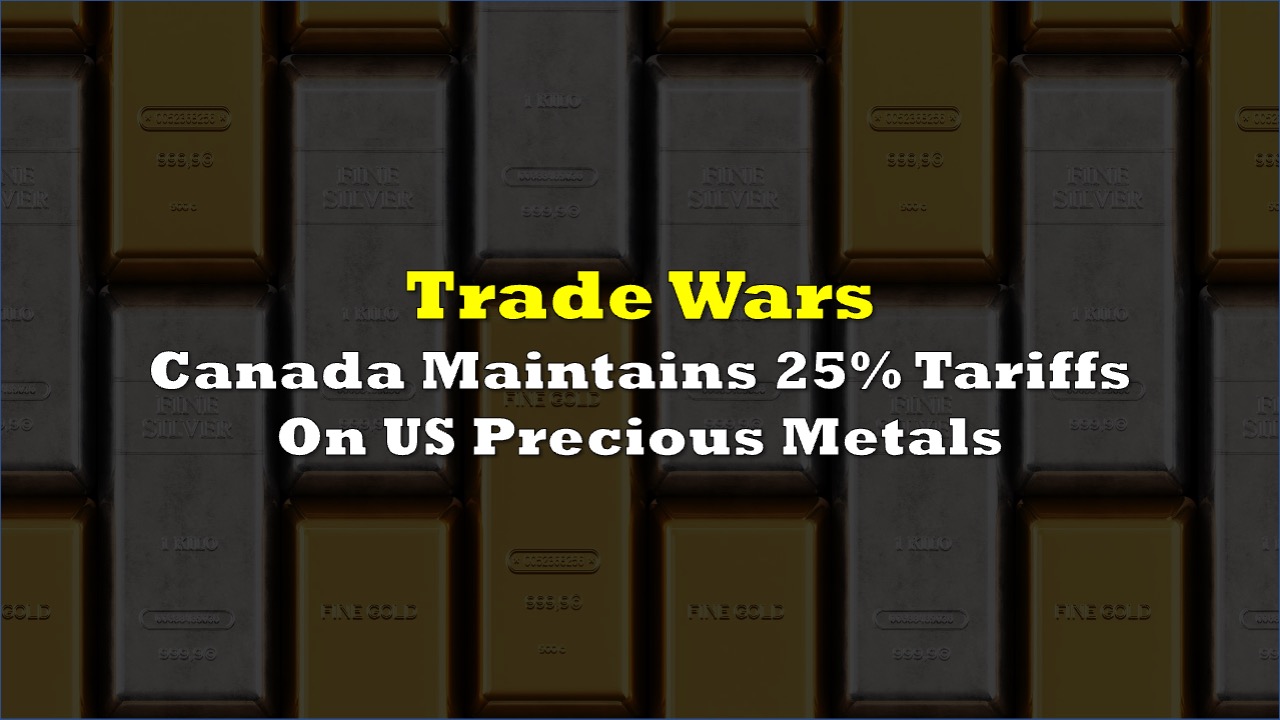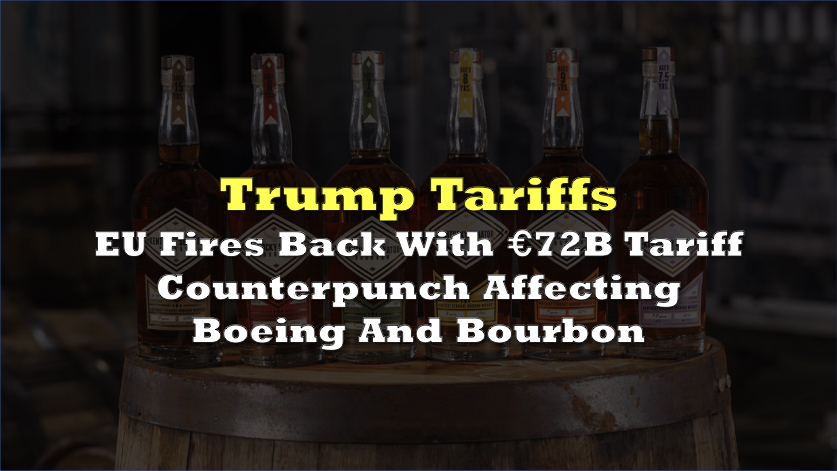Canada is maintaining 25% retaliatory tariffs on US precious metals imports in response to American trade actions, severely disrupting cross-border precious metals trade.
The countermeasures, launched in March after the United States imposed tariffs on Canadian products, have caused American precious metals imports to Canada to drop 70% in their first month, while Canadian exports to the US fell 9%.
Canada’s retaliation targets $59.8 billion worth of American goods, including precious metals such as silver, platinum, diamonds, and jewelry. Canada has not exempted products that comply with the United States-Mexico-Canada Agreement.
Canada’s tariffs on U.S. precious metals imports have not been lifted – Finance Department
— Kitco NEWS (@KitcoNewsNOW) May 22, 2025
(Kitco News by Ernest Hoffman) – Notwithstanding the erroneous news reports which circulated on both sides of the border earlier this week, Canada’s retaliatory tariffs against U.S.… pic.twitter.com/rhHhIsXkLQ
According to government documents, the tariffs will remain until the United States eliminates its own tariffs against Canadian goods, with no timeline provided for resolution.
The trade conflict began when the Trump administration imposed tariffs on Canadian exports in early 2025. Canada responded by implementing 25% tariffs on $30 billion worth of US goods on March 4, followed by additional penalties on $29.8 billion of American products on March 13.
Major Canadian mining companies, including Barrick Gold, and Kinross Gold, see billions in potential revenue shifting to competing suppliers as the tariffs disrupt established trade relationships. Industry executives report widespread uncertainty about shipping precious metals across the border.
Silver markets face their fifth consecutive year of supply deficits as the trade disruption strikes at a critical time. The metal’s essential role in electronics, solar panels, and electric vehicles magnifies the tariffs’ impact on manufacturing costs.
Precious metals producers are adapting by rerouting supply chains to avoid US refineries, shipping directly to Canadian facilities despite higher transportation costs. Industry analysts warn this shift could lead to permanent job losses in American precious metals processing.
Economic costs rise for both governments as integrated supply chains built over decades of cooperation undergo rapid restructuring. Mining executives describe a “wait-and-see” approach among producers reluctant to test the tariff system until more clarity emerges from trade negotiations.
Information for this story was found via the sources and companies mentioned. The author has no securities or affiliations related to the organizations discussed. Not a recommendation to buy or sell. Always do additional research and consult a professional before purchasing a security. The author holds no licenses.









